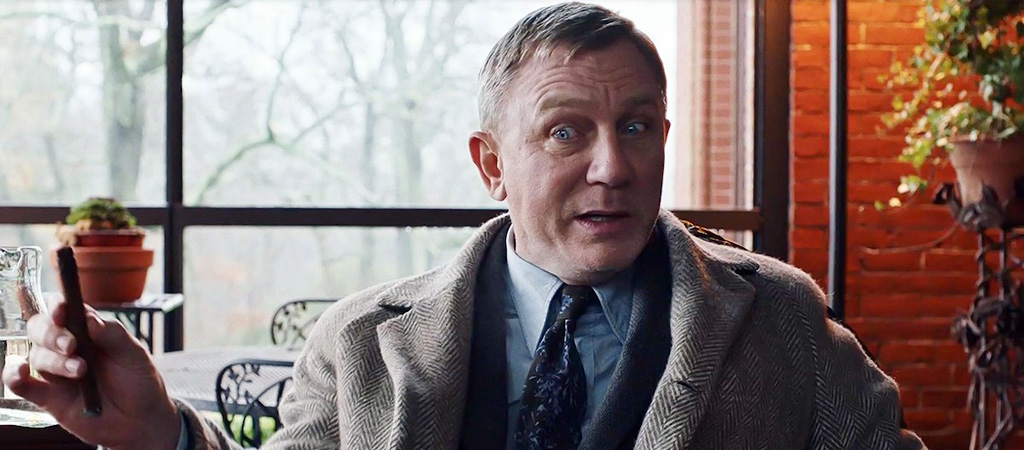Netflix has been in the original movie business since 2015’s Beast of No Nations, but they’ve always been adamant about one thing: Their movies will, with limited exceptions, never play movie theaters. Perhaps that’s one reason the streamer that started it all has recently found itself in financial peril, to the point that they’re rushing a cheaper, ad-supported version to lure in more people. And perhaps that’s why you might wind up with the luxury of watching one of their star-studded films, like the second Knives Out, in — get this — a darkened auditorium filled with strangers.
A report by Bloomberg (in a bit teased out by Insider) reveals that Netflix is considering rethinking how they release the movies they make in-house. One solution? Let them play movie theaters first then, after 45 days, finally make them available on their streaming coffers to paying subscribers. It’s a different tack than what they’ve done before, which is simply dump their films online to people who have already paid a monthly subscription.
It’s certainly a novel approach, this idea of making extra money by working with movie theaters to charge people upwards of $15 and more a head to see movies that cost quite a lot of money to produce and advertise. But there’s one problem: The nation’s biggest chains, AMC and Cineworld, refuse to play their films if they’re already streaming, as that obviously eats into their profits.
Thing is, movie theater owners would love to show Netflix movies, surely not the least because theaters have seen a 40% drop in attendance since moviegoing returned slightly to normal as the pandemic has begun to wane. Bloomberg reports that Netflix execs met with top movie theater chain heads last month, suggesting that a deal, involving that 45-day theater-exclusive window, may happen after all. They may at least experiment using a couple titles, likely the first of Rian Johnson’s two scheduled Knives Out sequels and/or Bardo, from two-time Oscar-winning Birdman and The Revenant director Alejandro González Iñárritu.
If it works, it will bring to an end one of the stranger business models in cinema’s century-and-a-quarter-plus history, which has made sense for smaller films that might struggle to find an audience in a movie theater but less so for, let’s say, a $200 million blockbuster starring three megastars. Till then, imagine what it will be like to delight at Daniel Craig solving crimes, perhaps with another outrageous accent, among a rapturous crowd of people happy to be away from their sofa.







